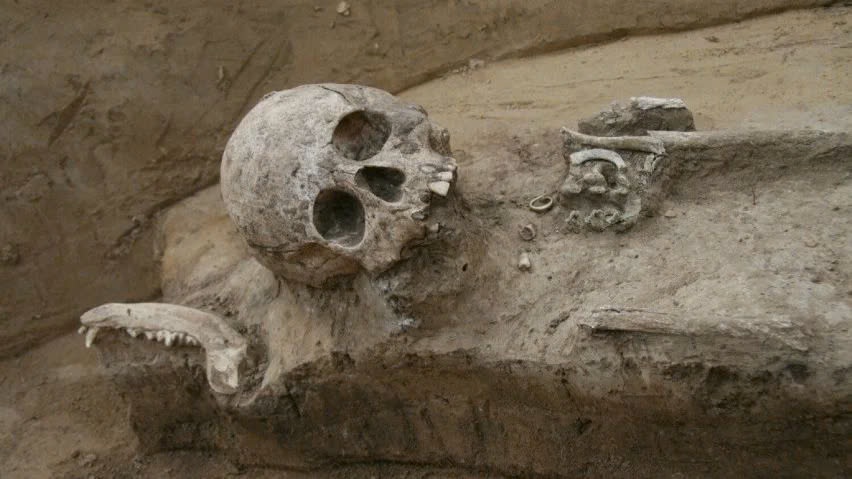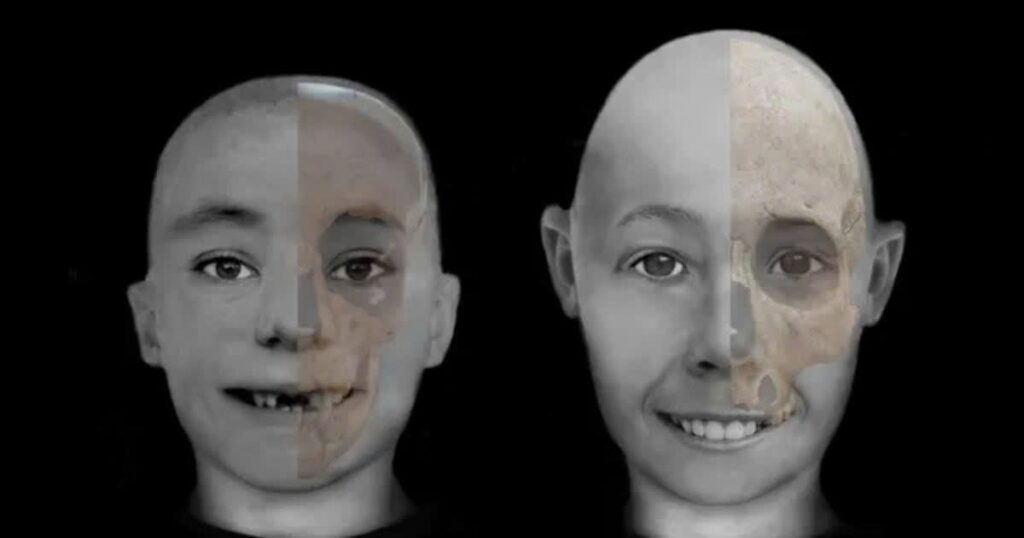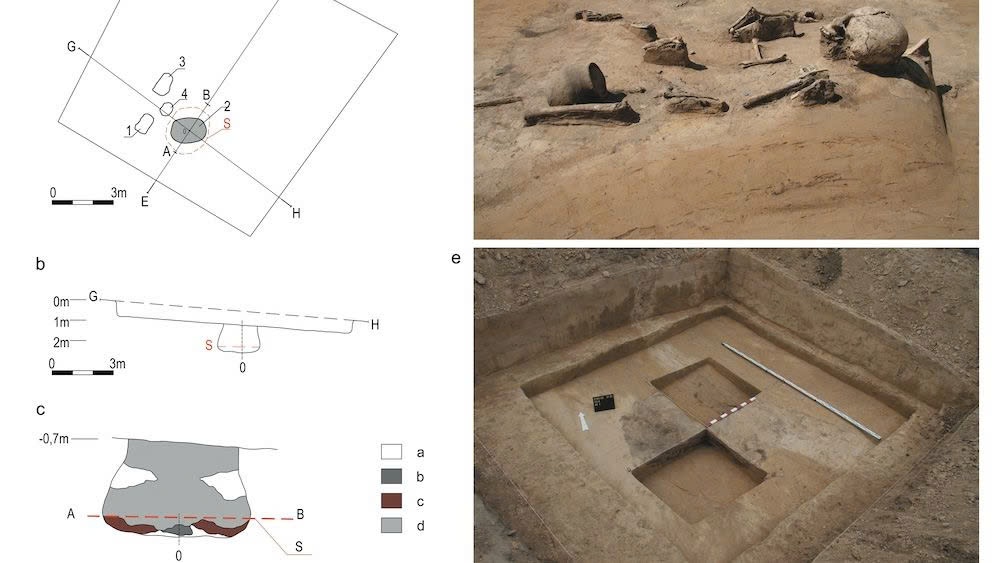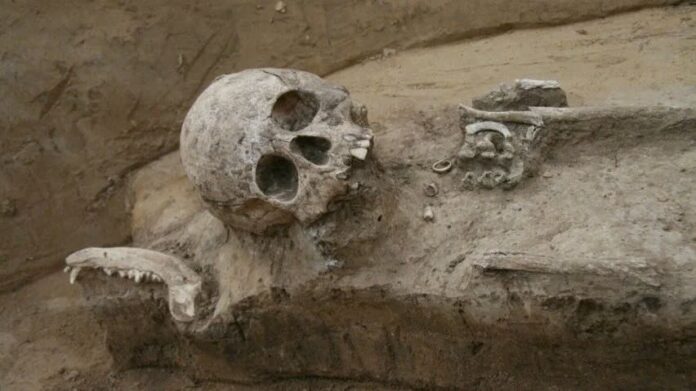A Glimpse into the Past: The Czulice Discovery
In the quaint village of Czulice near Krakow, Poland, archaeologists made a groundbreaking discovery in 2018. Buried beneath the earth for over 1,600 years lay the remains of two young boys, their final resting place offering a window into a pivotal moment in European history.

The Oldest Hunnic Burial in Poland
This remarkable find, dated between 395 and 418 CE, represents the earliest known Hunnic burial site in Poland. The significance of this discovery cannot be overstated, as it provides tangible evidence of the Huns’ presence in Europe during a time of great migration and cultural exchange.
Tales from the Grave: Unraveling the Mystery
A Tale of Two Boys

The grave contained the remains of two boys, aged between 7 and 9 years. DNA analysis revealed a fascinating story of cultural intersection: one boy was of local European origin, likely from the Pannonian Plain, while the other was of Hunnic descent, with genetic ties to modern Asian populations.
Clues to Social Status and Cultural Practices
The burial itself spoke volumes about the social dynamics of the time. The Hunnic boy, buried with valuable grave goods including gold and silver trinkets, exhibited an artificially deformed skull – a practice associated with Hunnic elites. In contrast, the European boy, lacking grave goods and buried face-down, likely held a lower social status.
Beyond the Grave: Insights into Hunnic Culture
The Huns: Feared Warriors and Skilled Diplomats
The discovery offers a nuanced view of the Huns, often remembered solely as fearsome warriors. While their military prowess under leaders like Attila was indeed formidable, this burial site reveals a complex society with established cultural practices and social hierarchies.
A Fusion of Cultures
Interestingly, the burial included animal companions – a dog, a cat, and a crow – suggesting a blend of Hunnic and Roman funerary practices. This fusion of traditions highlights the cultural exchanges occurring during this period of migration and conquest.
The Power of Modern Science in Uncovering Ancient Mysteries
Cutting-Edge Analysis
Through a combination of isotope testing, DNA analysis, CT scans, and X-rays, researchers were able to paint a vivid picture of these boys’ lives and deaths. From their diets to potential causes of death, these scientific methods have breathed new life into ancient remains.
A Continuing Journey of Discovery

As the genetic material from this site is compared with other burials across Europe, our understanding of the complex tapestry of ancient European history continues to evolve. The Czulice discovery serves as a testament to the power of archaeology in illuminating the distant past and reshaping our understanding of cultural interactions in ancient Europe.

